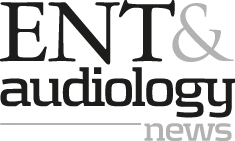This text offers a good resource to learn or refresh knowledge relating to psychological and physiological acoustics. While a highly informative source for those learning about audiology such as students and new audiological professionals, as the preface suggests it could be equally beneficial to those seeking an increased understanding in related professions such as physicians or speech and language therapists.
This book usefully offers 15 chapters progressively covering a range of subject areas, starting with the initial understanding of the basic physical concepts of acoustics and their relation to the anatomy and physiology of the ear. The chapters logically work through conductive and cochlear mechanisms, and the auditory nerve and pathways, before moving on to psychoacoustic methods, signal detection theory, auditory sensitivity, loudness, pitch, timbre and hearing, concluding with speech and its perception.
Chapter 10 focuses entirely on the topic of ‘masking’, explaining what the concept of auditory masking is and how this relates to the basilar membrane, frequencies and the effects of central processing. The fundamental acoustics described in this chapter should be a prerequisite for anyone going on to perform clinical masking and, as a lecturer that teaches this subject, I will be recommending on future reading lists for my students.
The content is thorough, offering in-depth and detailed information, supplemented using relevant diagrams and charts throughout. Each chapter concludes with an extensive reference list, offering many sources for further reading. However, a significant number of these references are pre-2000, which has influenced my overall rating.





